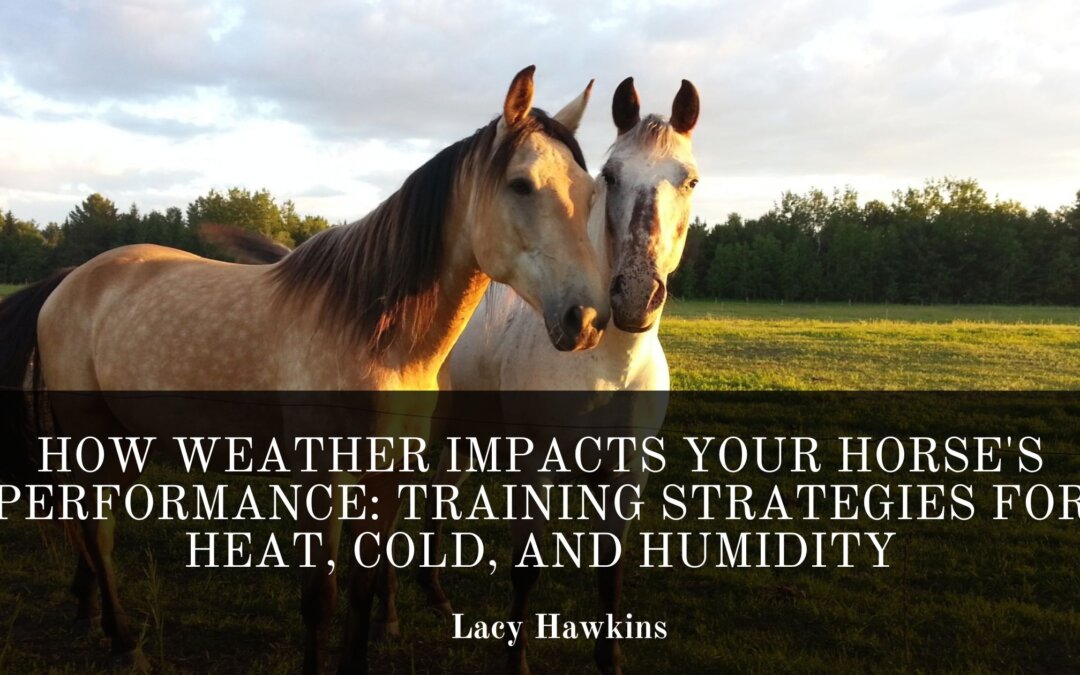Weather plays a significant role in your horse’s performance and overall well-being. Just like people, horses respond to environmental conditions such as heat, cold, and humidity in different ways. Understanding how to adjust your training based on the weather helps protect your horse from stress, injury, or illness while still making progress in your riding goals.
Understanding the Effects of Heat
High temperatures can quickly lead to fatigue, dehydration, and heat stress in horses. Since horses naturally regulate their body temperature through sweating, working in hot and humid conditions places added strain on their systems. If the humidity is high, sweat evaporates slowly, making it harder for your horse to cool down.
When training in the heat, ride during the cooler parts of the day, such as early morning or late evening. Allow frequent walk breaks and ensure your horse has access to fresh, clean water before and after work. Keep sessions shorter and focus on light conditioning or technical exercises rather than heavy physical work.
Cooling techniques such as cold hosing or applying ice packs to major blood vessels can help your horse recover faster. Monitor vital signs and watch for symptoms like heavy breathing, lack of coordination, or excessive sweating.
Adjusting to Cold Conditions
Cold weather affects muscle flexibility and increases the risk of strains or stiffness. Horses may also use more energy to stay warm, especially if they are clipped or lack access to shelter. In cold environments, a proper warm-up becomes even more critical.
Start with a longer walking period to gently increase circulation and loosen muscles. Include suppling exercises to activate the topline and hindquarters gradually. Layering blankets before and after the ride helps regulate body temperature and prevent chills.
Hydration can still be an issue during colder months. Horses tend to drink less in the winter, so adding warm water or soaking feed can encourage fluid intake and reduce the risk of colic.
Managing High Humidity
Humidity creates a unique challenge because it impairs sweat evaporation and slows the body’s cooling process. Even on moderately warm days, high humidity can push a horse into heat stress faster than expected.
On humid days, monitor your horse’s recovery time after light work. If your horse seems slow to return to normal breathing or heart rate, it is best to reduce the intensity of your sessions. Use a combination of shade, airflow, and cooling water baths to help manage their body temperature.
Avoid layering tack unnecessarily and consider clipping thick coats to allow heat to dissipate more effectively. Keep training plans flexible so you can adapt based on how your horse responds to the weather.
Final Thoughts
Weather awareness is an important part of good horsemanship. Every training session should consider not just the goals of the rider but also the conditions the horse is facing. By learning how temperature and humidity affect performance and recovery, you can make smarter decisions that protect your horse’s health while keeping them fit and willing to work. Adaptability and observation are key to successful riding through all seasons.
